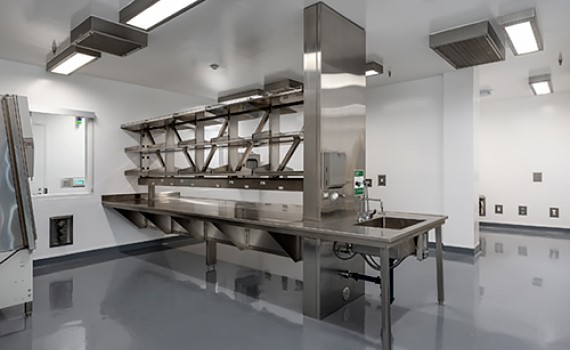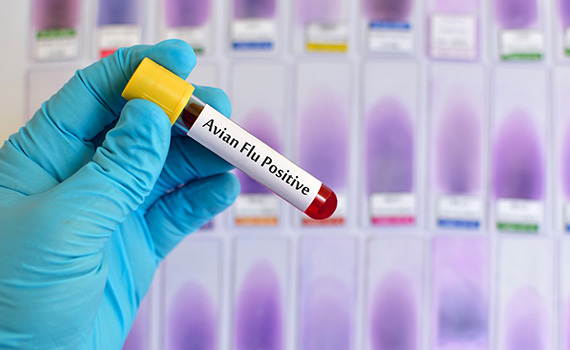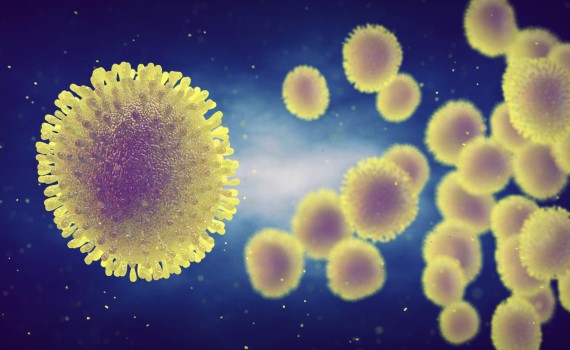Vigilance key for limiting avian flu risk

European officials are urging poultry producers to review of the signs and symptoms of avian flu and biosecurity measures for containing it.
Following reports of the disease in wild birds and commercial flocks across Europe, officials have asked poultry producers to take extra precautions where possible, reports Farmers Weekly.
This includes introducing enhanced biosecurity measures for poultry, and being vigilant for any signs of the disease:
How to spot avian influenza
There are two types of AI – high and low pathogenic. High-pathogenic AI (HPAI) is the more serious type, and is often fatal in birds. The main clinical signs are:
- Swollen head
- Blue discoloration of neck and throat
- Loss of appetite
- Respiratory distress such as gaping beak, coughing, sneezing, gurgling, rattling
- Diarrhea
- Fewer eggs laid
- Increased mortality
- Clinical signs can vary between species and some may show minimal clinical signs (particularly ducks and geese)
Low-pathogenic AI (LPAI) is usually less serious. It can cause mild breathing problems, but affected birds do not always show clear signs of infection.
The severity of LPAI depends on the type of bird and whether it has any other illnesses.
Biosecurity measures
Poultry keepers have been advised to introduce enhanced biosecurity measures to reduce the risk of infection, including:
- Cleaning and disinfecting clothing, footwear, equipment and vehicles before and after contact with poultry
- Reducing the movement of people, vehicles and equipment to and from areas where poultry are kept to minimize contamination
- Thoroughly cleaning and disinfecting housing at the end of production cycles
- Keeping fresh disinfectant at the right concentration at all points where people should use it, such as farm entrances and before entering poultry housing
- Minimizing direct and indirect contact between poultry and wild birds, including making sure all feed and water is not accessible to wild birds
Posted on June 16, 2017
 We’re glad you’re enjoying
We’re glad you’re enjoying










